
In today’s fast-paced industrial landscape, where efficiency meets responsibility, safety and compliance have taken center stage. Businesses are increasingly turning to modern surveillance systems to safeguard both people and operations. CCTV surveillance is no longer a luxury; it’s a necessity for any workspace that values its workforce, reputation, and future.
Let’s explore five practical and powerful ways CCTV surveillance systems enhance workplace safety and ensure compliance with legal and operational standards.
1. Prevention Through Visibility
A visible surveillance system is one of the strongest deterrents against unwanted behavior. When employees and visitors know they are being monitored, there’s a natural inclination to follow rules, respect boundaries, and avoid misconduct.
Workplace hazards often arise not just from machinery or tools, but from a lack of vigilance. Strategically placed cameras can encourage adherence to safety protocols and discourage risky behavior. For example, factory floors, loading docks, and chemical storage areas benefit immensely from 24/7 monitoring.
By providing a clear view of all operations, employers can ensure that Personal Protective Equipment (PPE) is being worn, machinery is being operated correctly, and emergency exits remain unobstructed.
2. Incident Documentation and Investigation
Despite the best safety measures, incidents can still occur. A well-documented video log is crucial when accidents or disputes arise. CCTV footage becomes an unbiased witness that helps piece together events in real-time, offering clarity in the midst of chaos.
In legal or compliance-related scenarios, footage can be the key to resolving employee claims, insurance matters, or government inquiries. For example, if a worker files a claim related to a fall or machinery malfunction, video evidence can validate their statement or uncover inconsistencies.
This kind of documentation is invaluable for internal audits, workplace inspections, and even legal defenses, should the need arise.
3. Real-Time Monitoring for Immediate Action
Modern surveillance systems allow for real-time monitoring, which is especially critical in large facilities or hazardous work zones. With the help of smart alerts and AI-driven technology, unusual activities or safety breaches can be detected and flagged instantly.
Supervisors can monitor multiple areas simultaneously from a centralized control room or even remotely, ensuring immediate action if a safety guideline is breached. Whether it's a fire risk, unauthorized entry, or equipment misuse, prompt awareness can prevent a minor issue from escalating into a major crisis.
This real-time oversight fosters a culture of accountability and reinforces the company’s commitment to a safe and compliant environment.
4. Training and Behavioral Improvement
Footage collected from daily operations isn’t just for emergencies; it’s a valuable resource for training and employee development. By analyzing video from typical workdays or near-miss incidents, safety managers can identify gaps in understanding or execution.
These recordings help create realistic training modules tailored to actual scenarios within the workplace. Instead of generic simulations, employees learn directly from visual feedback within their own environment.
Moreover, repeated review of certain areas can reveal behavioral trends—positive and negative. This helps management praise compliance, correct unsafe habits, and reinforce workplace policies with real-world evidence.
Two words central to this benefit are ergonomics and supervision. Ergonomics plays a critical role in workplace safety, particularly in labor-intensive industries. Continuous observation helps in redesigning tasks or stations to reduce strain and increase efficiency. Similarly, strong supervision ensures rules aren’t just written, but practiced.
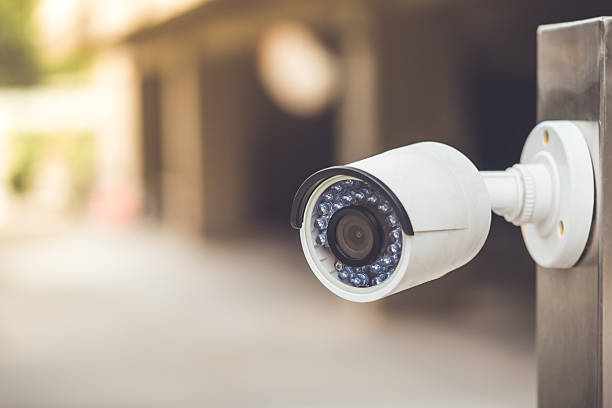
5. Supporting Regulatory Compliance
Workplaces are governed by a spectrum of local, national, and international safety standards. Failure to comply can lead to hefty fines, legal trouble, or worse—loss of life. CCTV surveillance systems play a pivotal role in keeping businesses on the right side of the law.
Regular video audits help ensure that safety practices are not only implemented but maintained. They provide a structured way to assess performance, update procedures, and demonstrate compliance during inspections or certifications.
In industries like manufacturing, healthcare, and logistics, video records can serve as long-term archives proving adherence to Occupational Safety and Health Administration (OSHA) guidelines or ISO standards.
For organizations looking to maintain a continuous record of their safety practices, investing in a continuous recording security camera becomes indispensable. Unlike motion-triggered systems, continuous recording ensures that no detail is missed, offering an uninterrupted chain of evidence and oversight.
Final Thoughts
CCTV surveillance is more than just a watchful eye — it’s a proactive safety net woven into the daily fabric of the workplace. From reducing the risk of accidents to reinforcing compliance and empowering training, these systems bring structure, visibility, and trust to every level of operation.
As businesses evolve and face new challenges, technologies like the continuous recording security camera will continue to be essential in shaping safer, smarter, and more compliant workplaces.

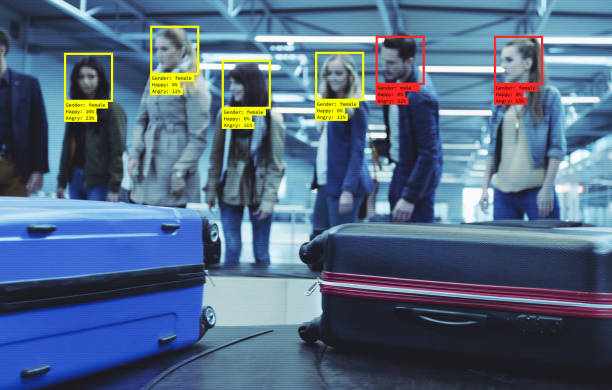
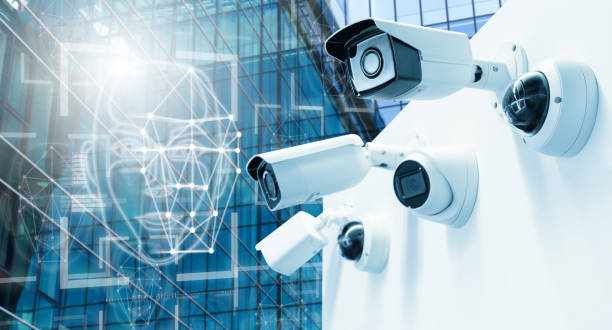
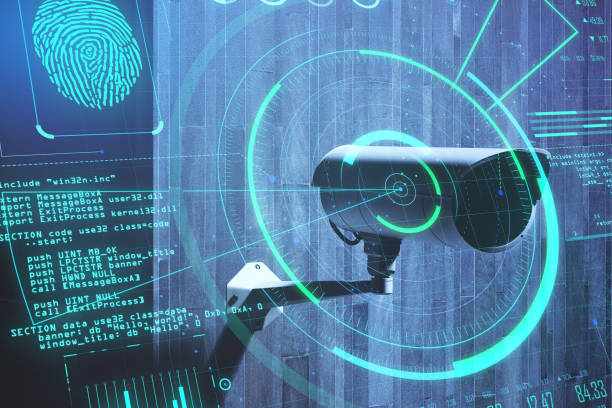
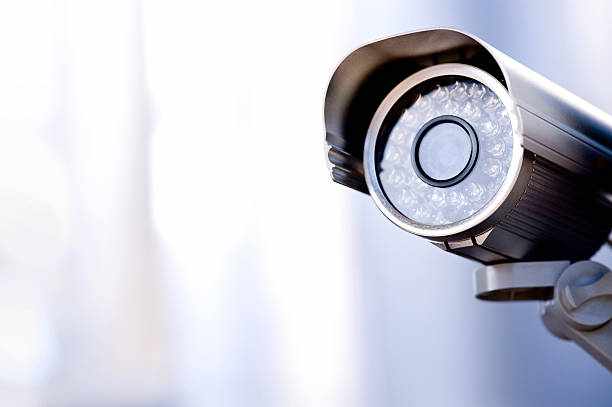





Write a comment ...